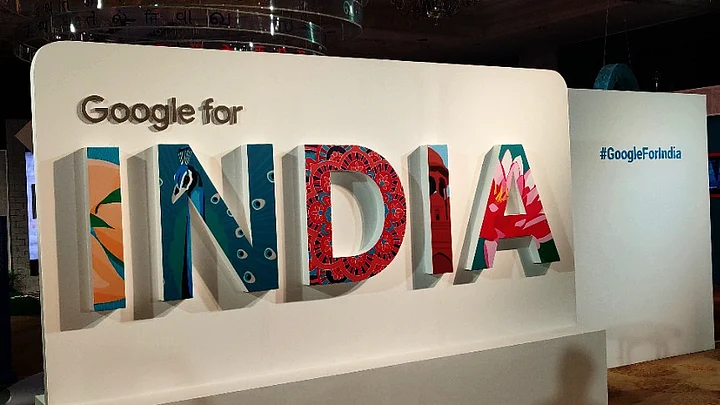Over 95 percent of users in India search the internet in vernacular languages for videos and search is not far away. These points were highlighted Google at the Google for India event on Tuesday.
Rajan Anandan, Vice President South East Asia and India at Google believes that going local with Google’s set of products is critical. After all, that’s where all the growth is taking place.
Google claims that it has over 390 million users actively engaged on the internet in the country, of which 45 percent of users are women.
The Google for India event primarily caters to feature updates and debuts in India. These start off as pilot projects and gradually move to other markets once they serve a purpose. The massive stat over vernacular search usage for video stated by Google clearly shows the reality of the Indian market.
Besides English, there are host of languages like Gujarati, Tamil and Marathi besides Hindi, that are commonly used in non-urban parts of the country.
The event also gives Google a platform to showcase its use of artificial intelligence to predict, alert and prevent large-scale natural disasters such as the recent floods in Kerala. The search giant believes that its technology is capable enough to help avoid such incidents in the future, and help people prepare better.
The biggest takeaway from the event was Google’s quest to connect with all corners of the country, including villages that are not registered anywhere, and even offline publishers, mostly catering to content and products in vernacular languages.
Google Assistant is at the fulcrum of its effort, with more than 270 percent growth in voice searches year-on-year. And Google is keen to make the product appear conversational in multiple languages, again trying to seem natural in the way people would interact with a machine or device, just as if they were interacting with a fellow human.
Google has announced Assistant in Marathi now, with support for other languages like Tamil and Gujarati among others rolling out soon. In addition to that, Google Home will finally get to speak in Hindi with users, but still there’s no timeline for when that’ll come into use.
Data is the axis around which most of Google products function, which is why you’re seeing products like Maps, with Google Plus codes catering to information of people who are not part of the central database.
There’s more that Google wants to tap into. It is looking into payments, even offering loans to people with limited banking access via its payment platform Tez, which will soon be re-branded as Google Pay in the coming months.
(At The Quint, we question everything. Play an active role in shaping our journalism by becoming a member today.)
